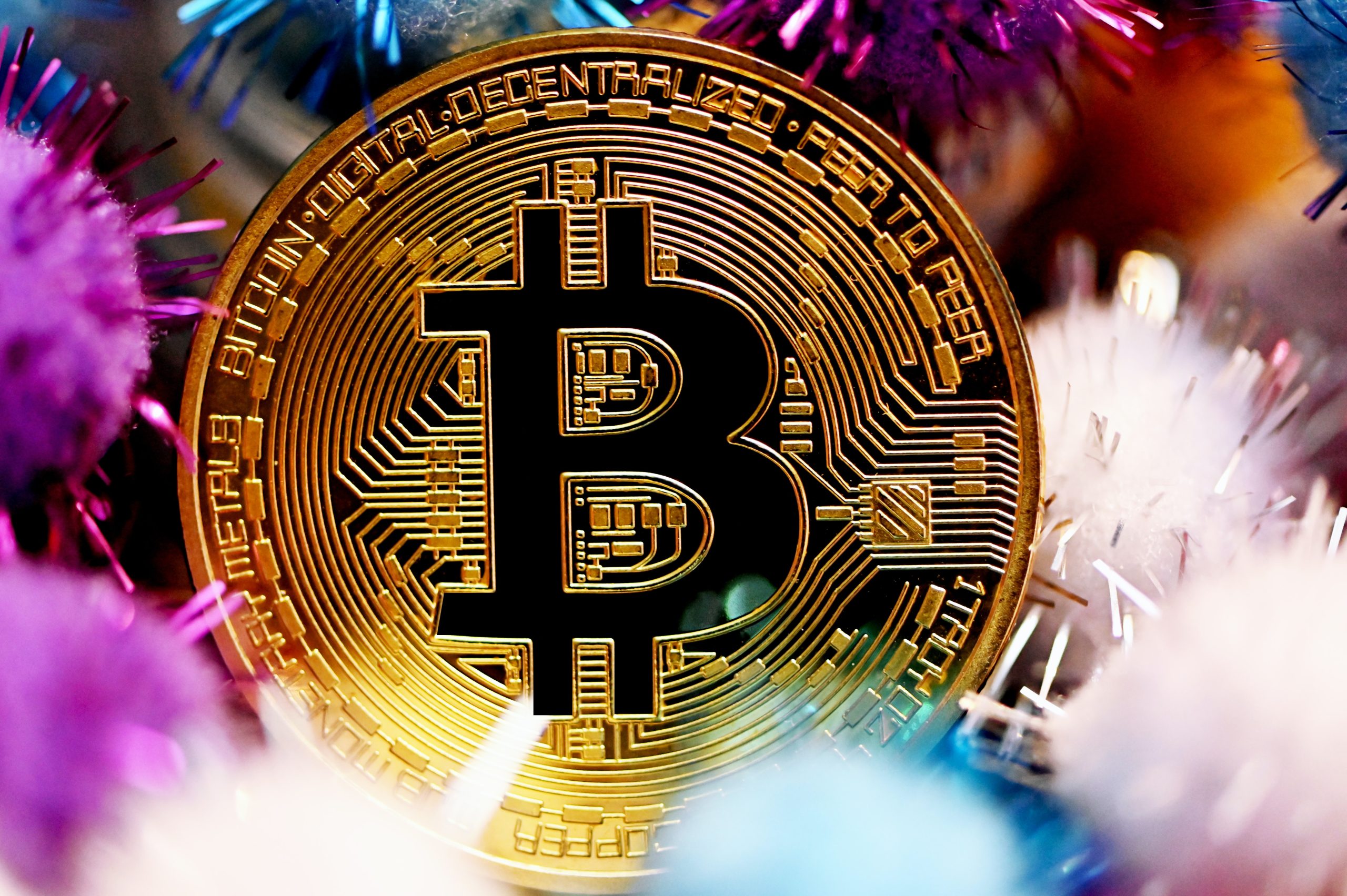Osmosis Crypto: How to buy Osmosis Crypto
We have come across several decentralized blockchain, many of them are used to integrate several crypto exchanges and developers under a single roof, some of them have the aim to reduce the cross-border transaction fees while others aim to bring more liquidity.
However, whatever may be the reason but the most important thing that must be remembered is to have an enabling application that must be focused on end user-experience and also it must grant you the liberty to have free trade. If you are interested in bitcoin trading check what makes bitcoin unique from other altcoins .
Now, how can one assure the free trading across the protocol? Is there any blockchain which can enable users to have a swappable mechanism and liquidity rate? Yes! Osmosis is one such platform that has been working endlessly to provide a greater medium for its users to trade smoothly.
What is an Osmosis Crypto?
Osmosis is the decentralized Blockchain that use Proof of stake mechanism to run along the distributed ledger, now the main function which is provided by the Osmosis is the swappable transaction, and also in the upcoming future it is providing staking through Tendermint Ecosystem.
Osmosis works on the Automated Market Maker theory, where it has created an interoperable and Cross-chain trading system for its users, it has also allowed its users to have their own Osmosis Validators for the minting and reward programs.
How to trade with Osmosis Crypto?
Osmosis is built with open-source Cosmos SDK, its main goal is to execute the developers to customize the use of automated market makers in the Tendermint ecosystem, so that interoperability can be sustained in the crypto market.
To participate or trade with the Osmosis Crypto blockchain, you have to choose the Validator nodes as it is the only node that is allowed to participate in the Osmosis consensus mechanism.
Now there are around 100 active validators’ set available in the Osmosis which is determined by Total OSMO stake, now other types of nodes that are available are:
- Full Nodes
These nodes are used to interact with the Osmosis blockchain.
- Archival Nodes
These are used to archive the historical information of the Blockchain.
- Seed Nodes
These Nodes are used to find and connect the peer-to-peer connections.
- Sentry Nodes
These nodes are used to cement the gap between the Validators and Network.
So, in order to participate in the Osmosis network, you have to create an account on the Osmosis, also There are Three kind of Fees you have to pay on Osmosis:
- Transaction Fees
The fees that are paid by the user when he transacts using the Osmosis blockchain is based on the minimum gas fees cost per block and the ecosystem accepts fees proposed by the validators.
- Swap Fees
These are charged when one is swapping two different assets on the Osmosis Blockchain, It is determined by the parameter and trading Volume provided by the Liquidity Providers.
- Exit Fees
These fees are the share percentage of Liquidity providers which are pulling their liquidity rate and some of their shares are burned to fairly distribute the value of exit fees.
Total 45 percent of tokens released are used as the rewards by the liquidity providers. The rewards that are reduced during the time of mining are directly stored in the Osmosis Community Pool.
Conclusion
Osmosis is the structured blockchain that is used to create a swappable medium for its users. A slashing option is available in the blockchain for those who are doing the slash-able offense would be forced to lose their funds.

